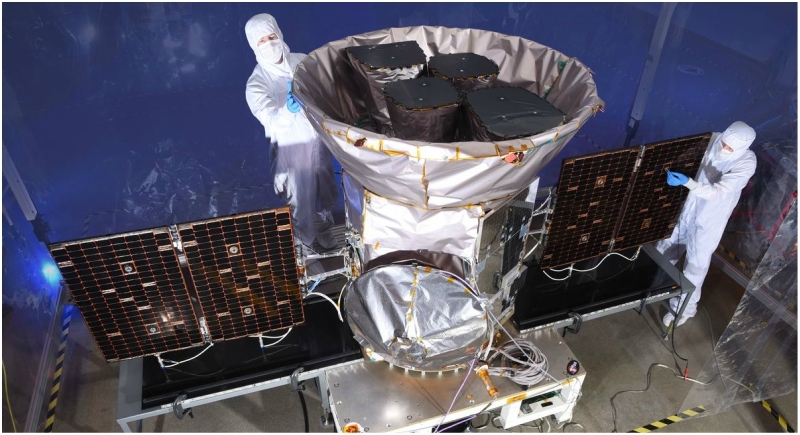Meet TESS: NASA’s new hunter to probe alien life, new worlds existing in our massive universe
California, April 9: Do aliens exist out there in our solar system? We have always been curious about who else exist in-universe besides us! Now scientists are hoping to find out if it lies on our cosmic doorstep. NASA is set to launch TESS – the Transiting Exoplanet Survey Satellite – which will orbit high above the Earth searching for potentially habitable planets beyond the solar system. TESS is going on a hunt for alien planets.

NASA’s own Kepler space observatory, launched in 2009, examined over 150,000 stars in a small patch of the night sky using the same technique as TESS. Orbiting planets cut across – “transit” – the face of their parent star, producing a slight drop in brightness. By detecting these transits, the ultra-sensitive light detectors on Kepler found that around 1.5% of the stars are accompanied by at least one “exo-planet”.
Astronomers now think there could be tens of billions of Earth-like planets able to sustain life strewn across our galaxy. But most are so distant there is no hope of finding out what they might harbour.
About TESS:
“TESS is opening a door for a whole new kind of study,” Stephen Rinehart, TESS project scientist, said in a statement.
“We’re going to be able study individual planets and start talking about the differences between planets. The targets TESS finds are going to be fantastic subjects for research for decades to come. It’s the beginning of a new era of exoplanet research.”
Unlike other exoplanet-hunting spacecraft, TESS is perfectly equipped to locate Earth-sized planets circling stars in the "habitable zone": the part of a star's orbit where liquid water could be sustained on a planet's surface.
If a planet the size of Earth is in a star's habitable zone, it's at least theoretically possible that the planet could sustain life. TESS is designed to hunt for these worlds around bright, relatively nearby stars, according to NASA. The satellite will spend about two years surveying the sky for signs of planets ranging in size from about Jupiter to Earth.
"It's going to help us answer a really important question, and that is, 'Which of our nearest stellar neighbors has planets?" Elisa Quintana, a NASA astrophysicist, said in a video about the mission.
The satellite will find these worlds by searching for small dips in the brightness of a star that is created when a planet passes between — or transits — its host star and the telescope. Those transits allow scientists to figure out the size of a planet, learn more about its atmosphere, and even characterize its orbit.
TESS will help build upon the legacy of the Kepler Space Telescope, another exoplanet-hunting satellite using the same transit method that's still in space today.The Kepler changed our understanding of the galaxy by spotting 2,600 confirmed exoplanets orbiting stars up to 3,000 light-years away, NASA said.